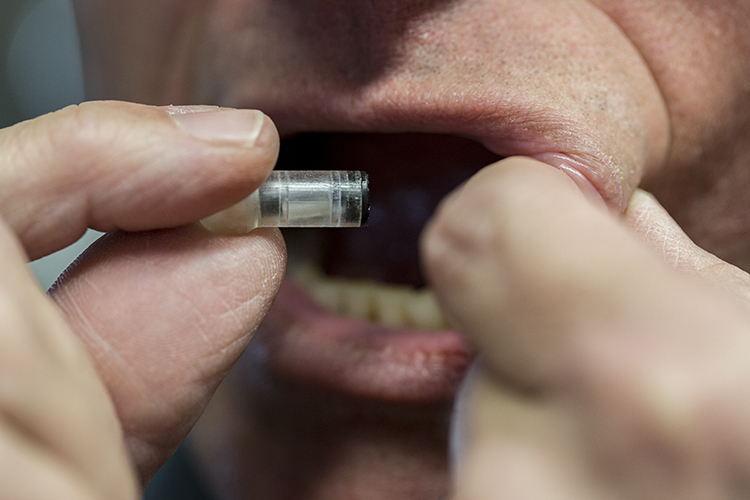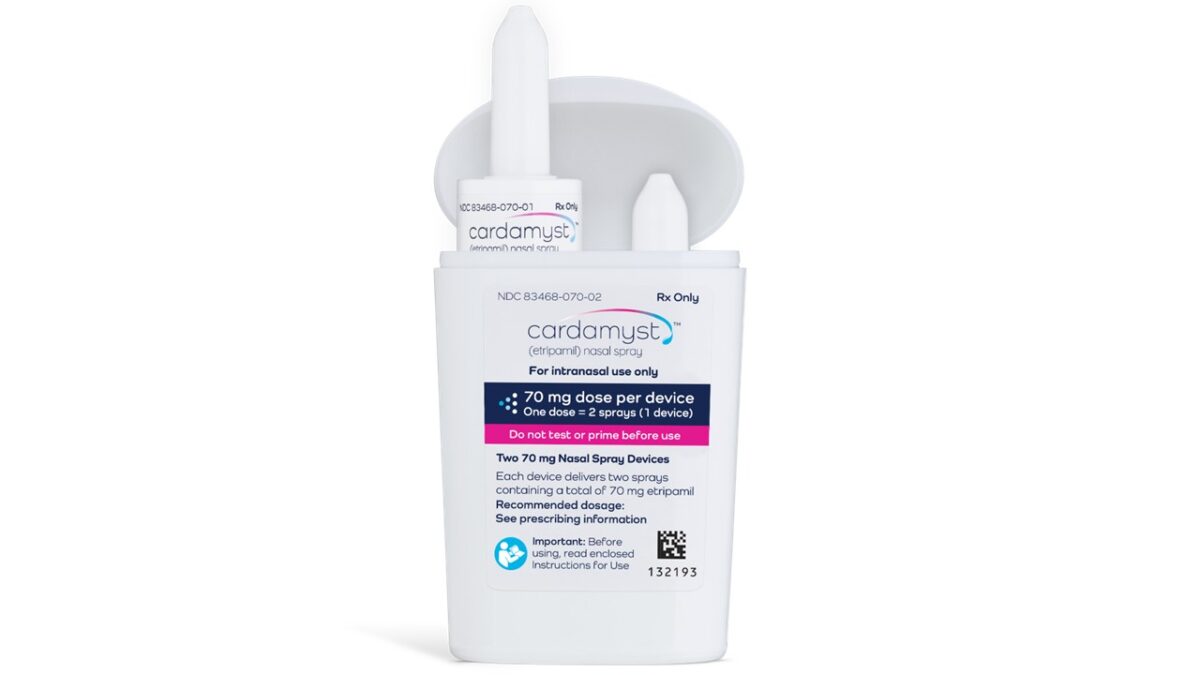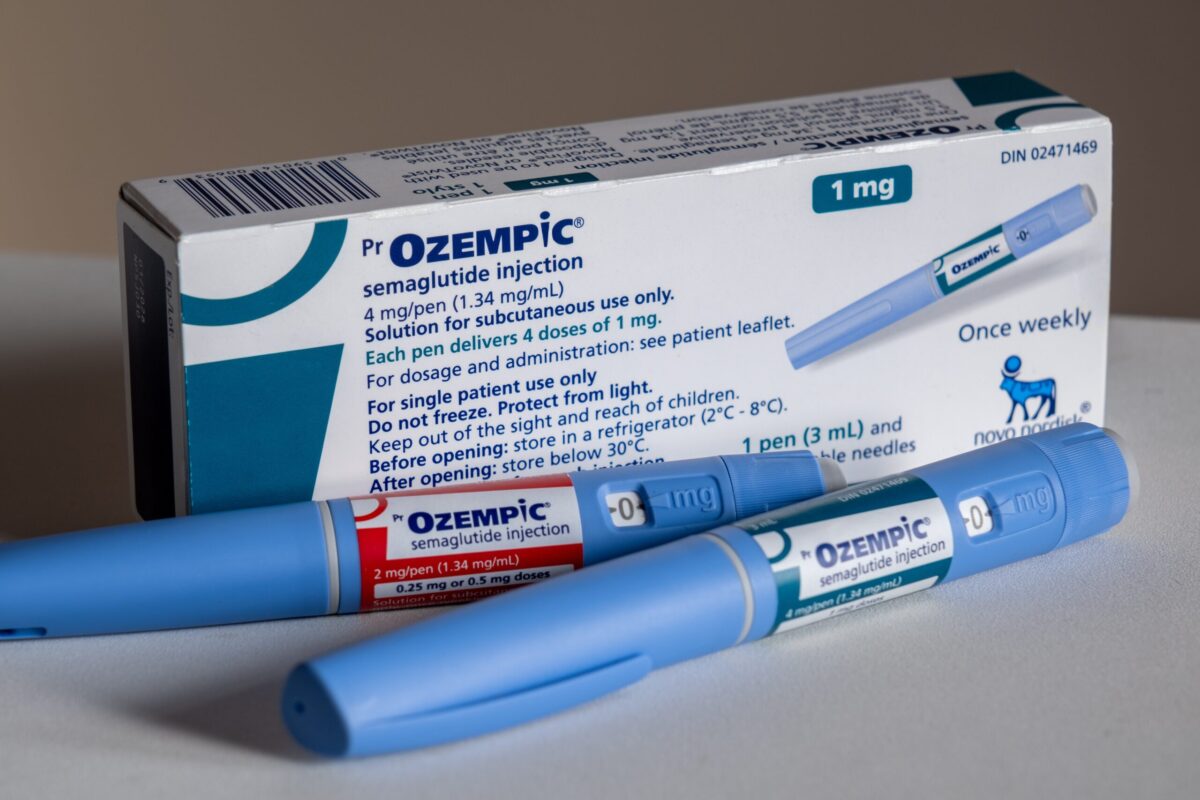A needle-free device developed by researchers at UC Berkeley, could be the next big thing in vaccine delivery technology. The pill-sized device, called MucoJet, uses a pressurized jet to deliver an oral vaccine into the buccal region of the inside of the cheek.
The proof-of-concept study showed that the technology could deliver vaccines into the immune cells inside the mouths of animal models. The researchers published their findings in the journal, Science Translational Medicine.
As many pathogens enter the body through the buccal cells, oral vaccines could help individuals build immunity where they need it most. Though oral sprays are available for the influenza vaccine, biopharma companies often shy away from developing vaccines targeting this region because of the thick mucosal layer which lines the buccal area.
The MucoJet overcomes this problem by delivering a high-pressure stream of immunity-boosting vaccine, which was shown to penetrate the mucosal layer to reach the immune cells below. This oral drug delivery method also has the advantage of being more comfortable than receiving an injection.
“The jet is similar in pressure to a water pick that dentists use,” said Dr. Kiana Aran, assistant professor at the Keck Graduate Institute of Claremont University. Aran helped develop the technology while working as a postdoctoral fellow at UC Berkeley.
The vaccine is stored in a powder form inside the device, which could prolong the shelf-life and improve the portability medicines. The 3-D printed MucoJet works by using a mix of citric acid and sodium bicarbonate as a propellant, which, when combined, forms carbon dioxide gas used to push a piston and eject the vaccine.
Using buccal tissue harvested from pigs, the researchers found that the MucoJet performed eight times better than a dropper bottle at delivering ovalbumin to buccal cells. The researchers also found that an increase in vaccine jet pressure correlated to better drug delivery to the tissue.
“The pressure is very focused, the diameter of the jet is very small, so that’s how it penetrates the mucosal layer,” said Aran. Similar experiments in live rabbits showed that the MucoJet was seven times more effective than a dropper at delivering ovalbumin to the buccal tissue.
While the device wasn’t compared to injectable vaccines, the researchers say that the immune response triggered by the MucoJet is comparable to – or even better than – vaccine delivery with a needle. The researchers plan to conduct larger studies investigating the effectiveness of the oral device in larger animals.
The team is also investigating other designs which could make it easier to give vaccinations to children. Aran envisions a kid-friendly lollipop which could remove some of the fear and anxiety children experience when getting injections.
“Imagine if we could put the MucoJet in a lollipop and have kids hold it in their cheek,” said Aran. “They wouldn’t have to go to a clinic to get a vaccine.”












Join or login to leave a comment
JOIN LOGIN